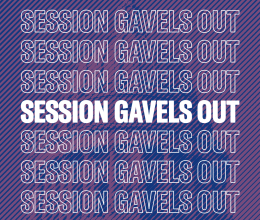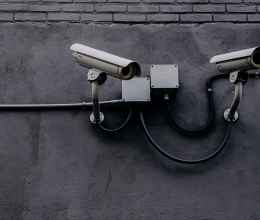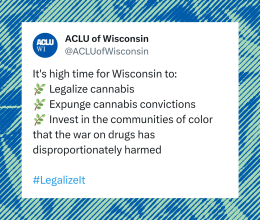
As the Governor’s Juvenile Corrections Review Committee considers how best to serve juvenile offenders in the future , the American Civil Liberties Union of Wisconsin urges committee members to place the highest priority on the needs of youth in the system and to make decisions that will facilitate, rather than hinder, successful reentry into the community. The Committee is expected to decide on recommendations at a June 21 meeting.
“A core mission of the state schools is to build the competency for responsible and productive community living of these young men,” noted ACLU of Wisconsin Executive Director Christopher Ahmuty. “While there may be budgetary concerns, this committee’s decisions must prioritize the needs of youth who are under the state’s control, and who will eventually reenter our communities.”
The majority of the young people in Wisconsin’s state schools are from Milwaukee, and many are children of color. Terry Kupers M.D., a psychiatrist and expert on prison issues, confirms in his book “Prison Madness” (1999), that “[r]egular visits from loved ones help prisoners do their time, maintain emotional stability, avoid disciplinary infractions, and adjust in the community after release.” Moving youth who are predominantly from southeastern Wisconsin to a facility in northern Wisconsin, many hours from families who often lack vehicles, will inevitably reduce family contacts and have profound detrimental effects. Imposing that burden on families and youth who are disproportionately persons of color will also have an improper discriminatory effect.
The ACLU of Wisconsin also urges the Committee, and state and local governments, to reevaluate current paradigms that are locking up far too many Wisconsin youth, especially children of color. The Committee should recommend the development, implementation and funding of prevention programs to reduce the need to place children in these facilities. It also should focus on alternatives to incarceration. As speakers noted last month, “the system should be challenged to find ways to serve youth who need secure care with a program model that facilitates positive changes” and should “study other evidence-based models that support smaller, community based settings for youth offenders.” These speakers also testified, and the
ACLU concurs, that the “[r]ealignment of limited resources for community-based interventions is more cost-effective while maintaining public safety.”
The ACLU, and all those concerned about juvenile well-being, will be watching.


